i personally enjoyed driving the bloomfield track but that feeling was not universal; natalie complained the up and down made her queasy. i guess it is worse on the back seat; anyway, we’ll not be going back the same way.

cooktown is the only ‘big’ town on the york peninsula. it traces it’s origins back to james cook, well sort of anyway. cook’s ship, the endeavour, was damaged on a reef nearby and the crew beached the ship here to repair the apparently significant hole the reef punched in the hull. the endeavour was refloated and completed the journey back to england, making cook and of course also joseph banks famous and laying the groundwork for the settlement of the continent.

the photos above and below are from the fantastic botanic garden in town, at the center of which is a link back to the specimens collected and documented by banks and solander, the botanists on the endeavour.
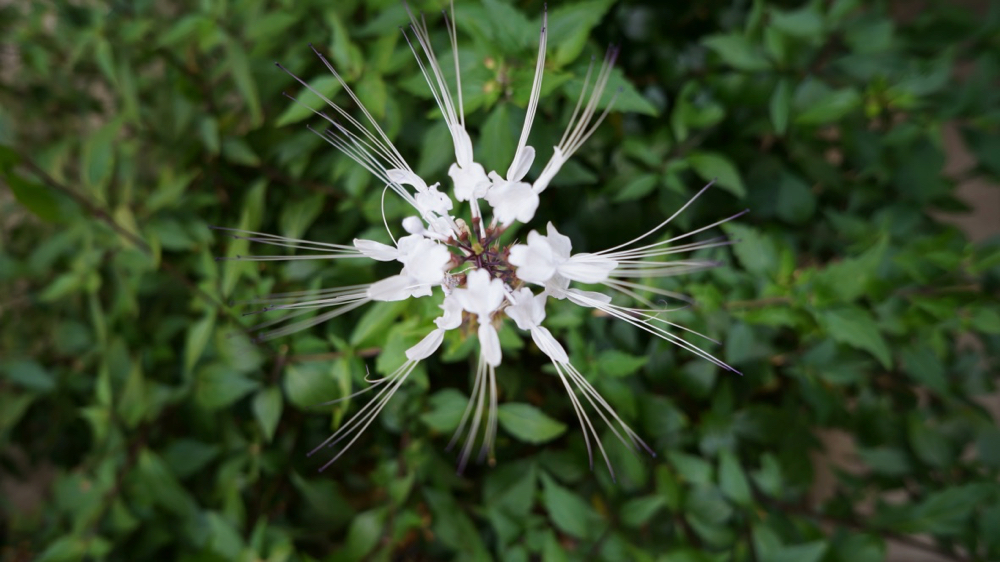
cook’s landing at the mouth of the endeavour river also marked the first contact of the local people with these strangers. according to reports the meeting was obviously an uneasy one but not unfriendly. one element of that meeting that has survived to this day is one word: gangurru, the local aboriginal name for the grey kangaroo. it’s what we call the animal to this day.
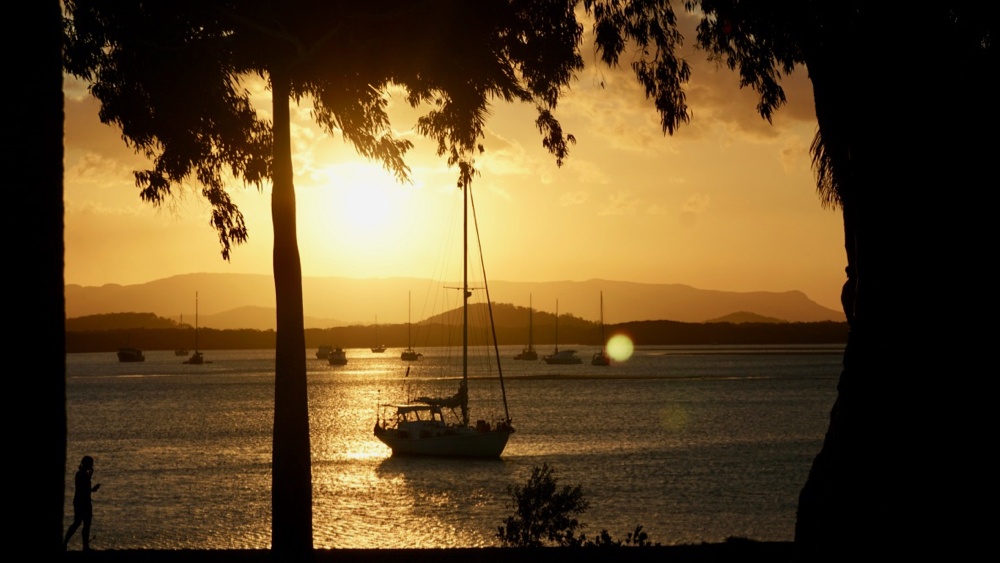
cooktown was founded much later, in 1873, to support the miners drawn to the area when gold was discovered in the palmer river. there is a fantastic james cook museum in town that connects these events and many of the tragedies that occurred as a result. fittingly the museum is housed in an old mission that was vacated during the second world war and never used since. the most impressive aspect of the museum is how respectfully it tells the history from the first encounter with cook in 1770 until today from the perspective of the local aboriginal people.
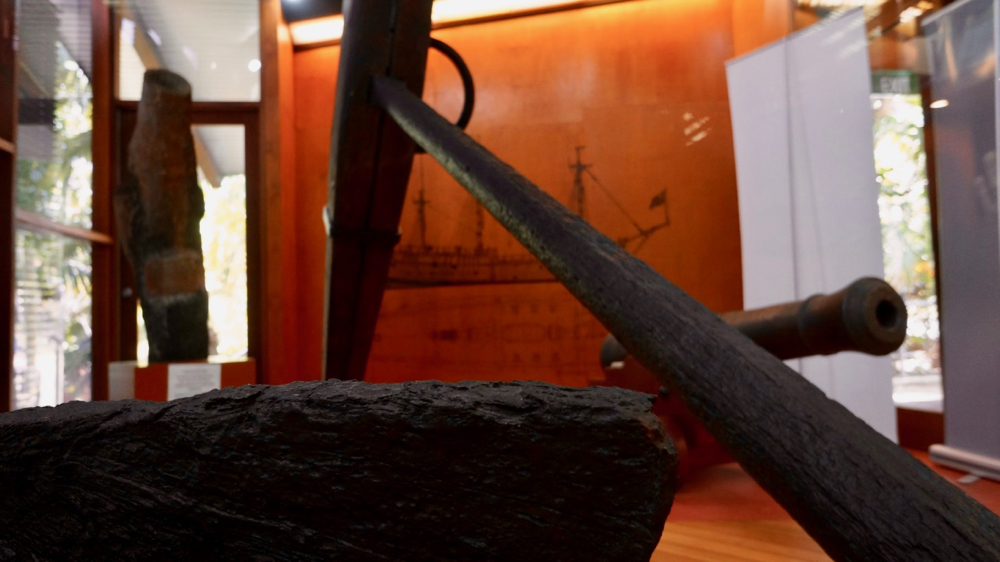
cooktown kept surprising us. we honestly thought we’d just be here for a night / half a day and move on pretty quickly. nothing to see here, right? well, wrong. have you ever seen a groper being fed?

they are not, let me repeat, not beautiful fish. neither are they graceful, not by any stretch of the imagination. but it’s impressive to see (and hear!) this huge animal so close up.
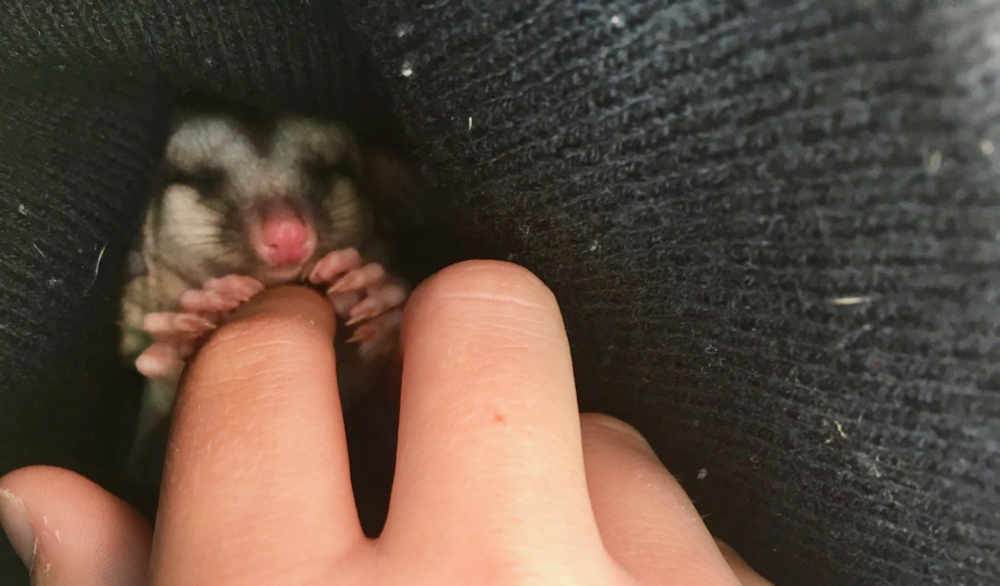
these guys are way cuter and a lot smaller: baby squirrel gliders. natalie found them at the local market and had a hard time handing them back. it’s not hard to see why. actually, i really don’t like those saturday morning arts & craft & other stuff markets, but this was better than most.

about 30 km south of cooktown is the ‘black mountain’, this somewhat strange looking heap of black rubble. according to local legend two brothers (of the rock wallaby totem) wanted to impress a girl (of the rock python totem) and somehow worked out that whoever built the largest mound would win her over. as the two black mounds on either side of the road (which obviously wasn’t there back in the day) and the girl looked on (we don’t know if it was in astonishment or rather in amusement) a cyclone came along and all three of them were killed. to be sure, this is the ‘child friendly’ version, as uninitiated listeners we are not allowed to hear the proper version.
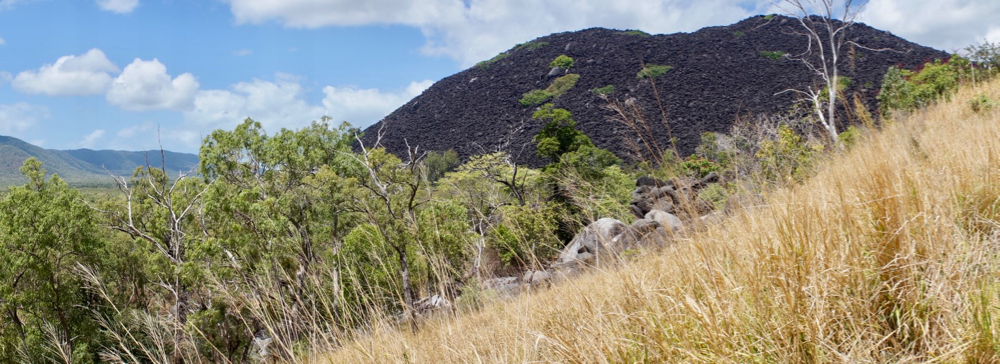
and why all of this is surely true, geologists also have a story to tell. they assert that 260 million years a go a cone-shaped mass of lava formed below the surface and turned into granite. as the surface was worn away the tip of the mass was slowly exposed. over time the mass broke apart, leaving a stock of black granite in the middle, surrounded by round, weather-worn black rocks. locals whisper stories of people, horses, cattle and sheep being lost between rocks. scientists think this may not be impossible: there could be larger caverns hidden in between the rocks and some of those could well be filled with e.g. carbon-monoxide, which would quickly overcome anyone who happened to stumble or fall in.

we would have stayed longer at the light house at archer point if we could have stayed upright in the more than stiff breeze. it’s an amazing place and we can understand why some pitched their tents here; what we can’t understand is how those tents stay upright in the veritable cyclone that was going on out there.
we’ll be leaving cooktown tomorrow but we don’t regret taking our time to try and get to know it.
ps: the museum also houses an anchor and cannon cook was forced to ditch to refloat his stricken vessel.
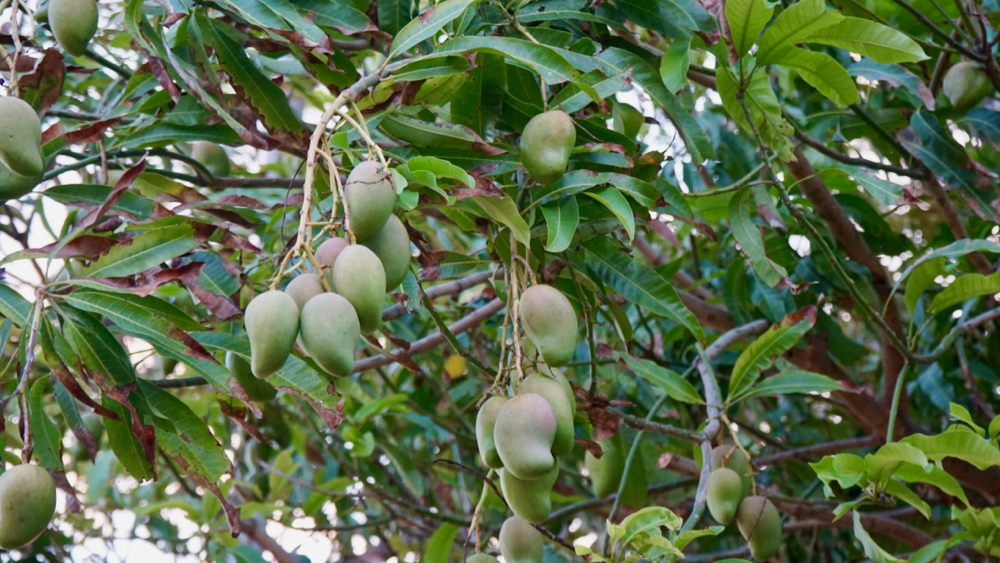
pps: they have mango trees on main street! unfortunately we’re a bit too early to pick some.
